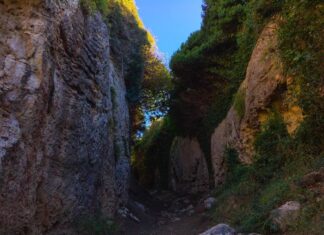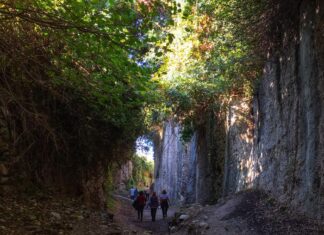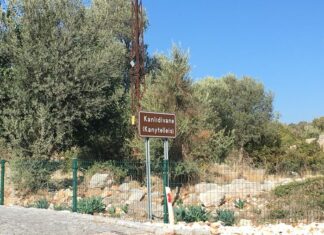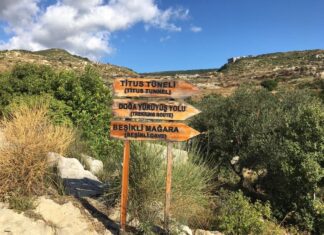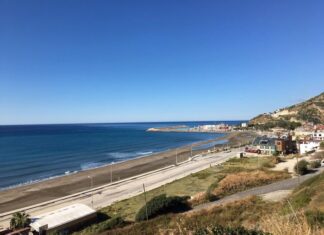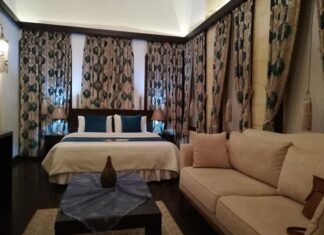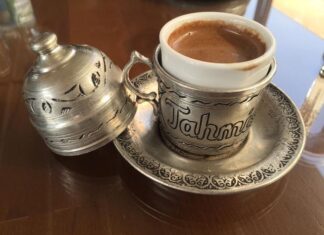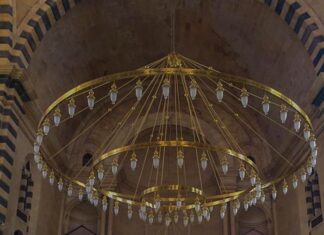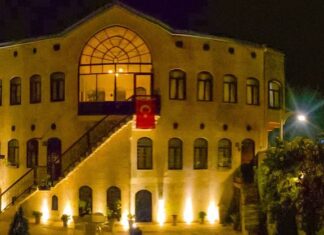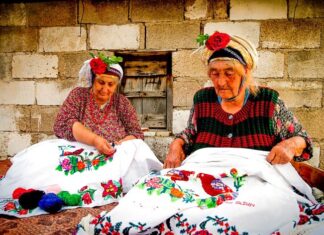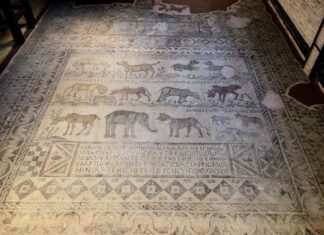Alanya Castle
As you tour them, you can also sample the local culinary specialties. Thin, flaky sheets of yufka with `gokelek` cottage cheese, herb-flavored `bazlama` flatbread,...
Photo safari Aladag Mountains
Photo safari in the Aladag ains with thrilling summitapproachig four thousand meters, the Aladag
1 Timber give approach to daisies above 2,000 meters.
2 Delicate species...
Venice Biennale
That`s not all...
But the Venice Biennale isn`t only these exhibitions. For one thing there is Venice itself. And its museums. Don`t miss them as...
Nile Stuttgart and New Delhi
Life on the Nile
A journey by boat from Luxor to Aswan is one the loveliest tripsy you will ever make.
The journey from L uxor...
A Nostalcig Street in Beyoglu
In the time of Ottoman Empire, the relations between Turks and Frenchs were deeply ancient.
So that the first ambassadorship was French at the right...
Hagia Sophia
In all its glory
After years of renovation work, the interior of the Hagia Sophia can now be enjoyed in its true splendour.
For many years...
Women Artists
74 women artists
The exhibition, which also serves as a summary of modern and contemporary Turkish art history, brings together 74 artists: Mihri Mujfik, Melek...
Ali Sabancis vision
Ali Sabanci: I am not the visionary as my father is
Everyone sees me as a visionary, but this was actually my father`s project He...
Aysus shopping trip Paris
- A pop-up boutique whose decoration drew me in is Lyubov (340 rue Saint-Honore): Inside you will find Vespas, old Volkswagen minibuses, ruby helmets,...
Rhodes Knights
More significant was the damage caused by the Knights of Rhodes, when they erected the castle walls we see today by plundering the ashlar...
